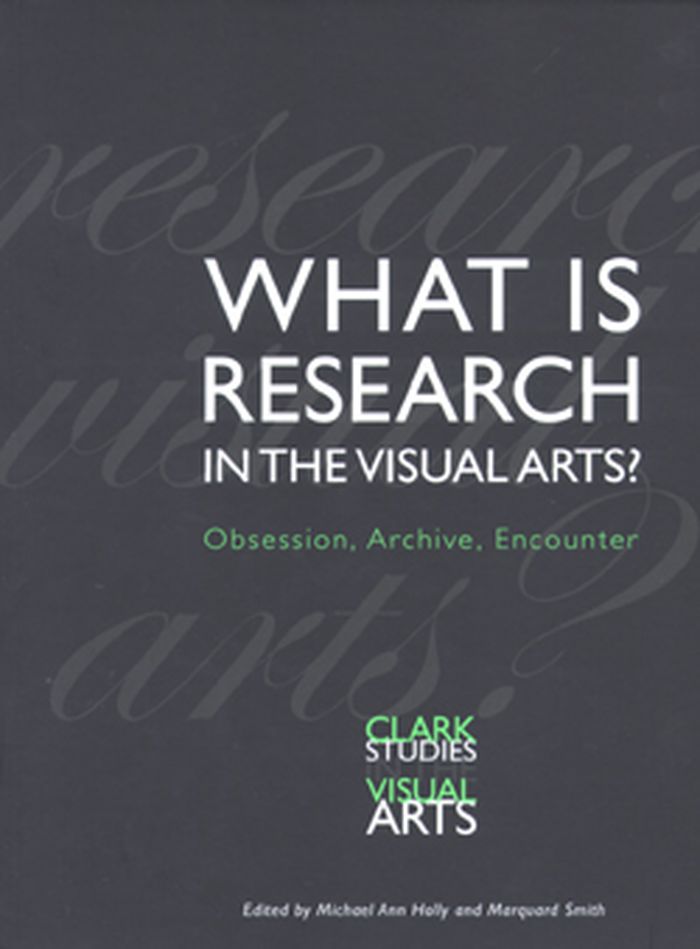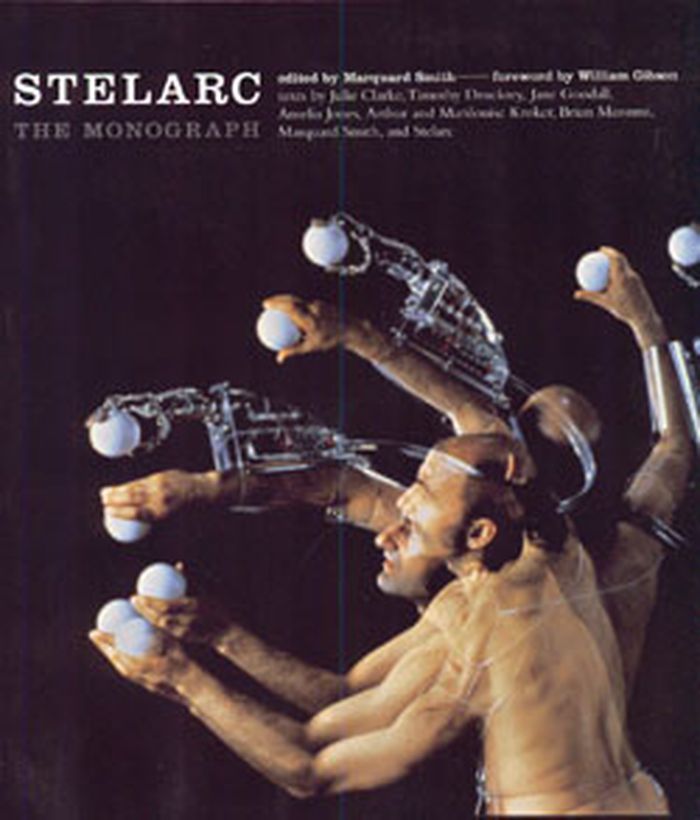$28.00
(disponible sur commande)
Résumé:
In this volume, thirteen authors address both the philosophical and practical issues now facing those in the visual arts field by investigating the ever-pressing issue of research. Their essays explore the remarkable nature of art historians’ personal, political, aesthetic, creative, and emotive curiosity and the process of doing research in the archive, library,(...)
Théorie de l’art
novembre 2008, Williamson, New Haven, London
What is research in the visual arts ? : obsession, archive, encounter
Actions:
Prix:
$28.00
(disponible sur commande)
Résumé:
In this volume, thirteen authors address both the philosophical and practical issues now facing those in the visual arts field by investigating the ever-pressing issue of research. Their essays explore the remarkable nature of art historians’ personal, political, aesthetic, creative, and emotive curiosity and the process of doing research in the archive, library, studio, gallery, museum, and beyond. As such, the book considers the pleasures and dangers of researchers’ obsessions and encounters with the incoherence, chaos, and wonder that lie at the heart of searching for the not-yet-known. The volume is based on the 2007 Clark Conference of the same name.
Théorie de l’art
Stelarc : the monograph
$32.95
(disponible sur commande)
Résumé:
Working in the interface between the body and the machine, Stelarc employs virtual reality, robotics, medical instruments, prosthetics, the Internet, and biotechnology. Stelarc's art includes physical acts that don't always look survivable — or, as science fiction novelist William Gibson puts it in his foreword, "sometimes seem to include the possibility of terminality."
mai 2014
Stelarc : the monograph
Actions:
Prix:
$32.95
(disponible sur commande)
Résumé:
Working in the interface between the body and the machine, Stelarc employs virtual reality, robotics, medical instruments, prosthetics, the Internet, and biotechnology. Stelarc's art includes physical acts that don't always look survivable — or, as science fiction novelist William Gibson puts it in his foreword, "sometimes seem to include the possibility of terminality."

